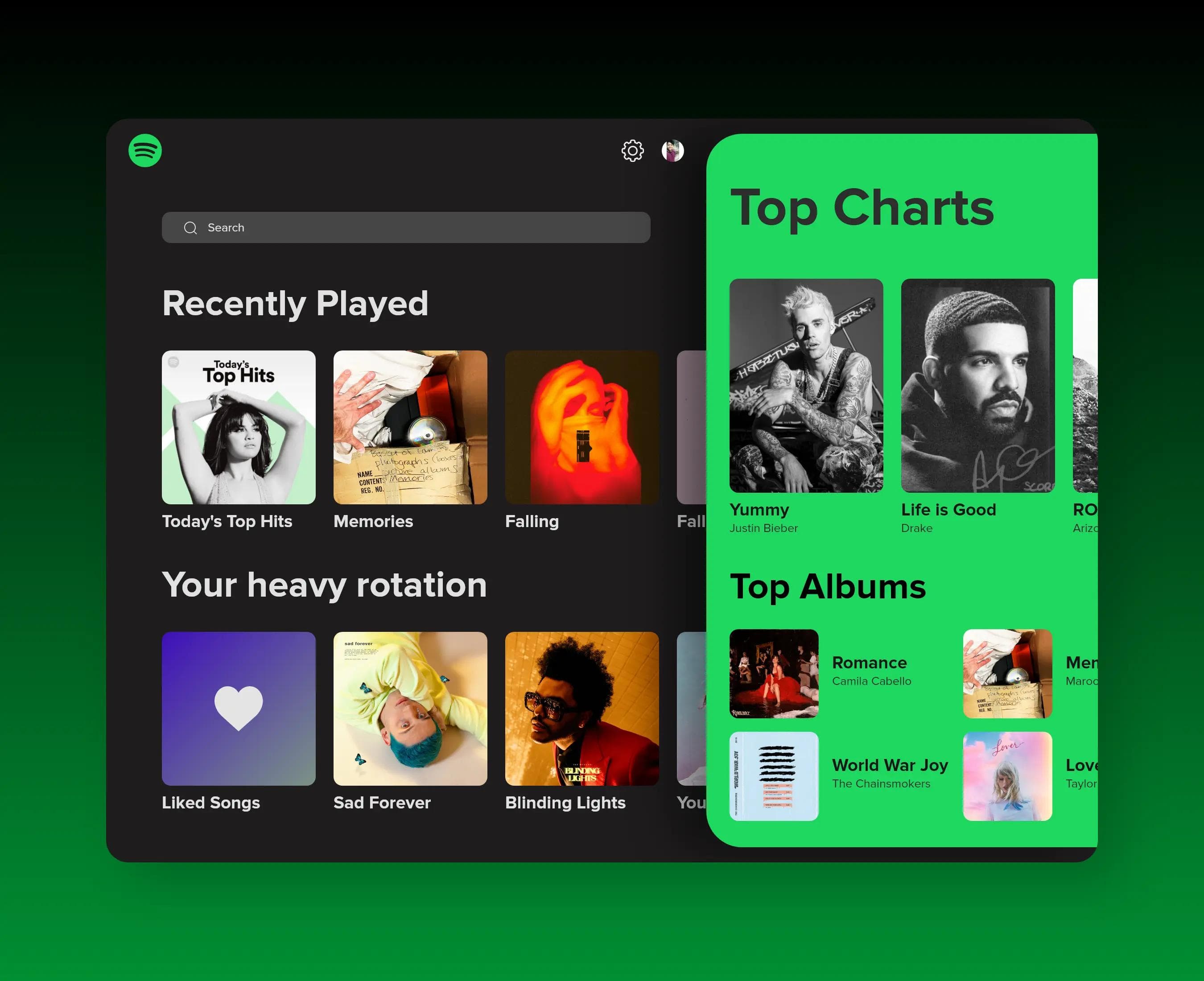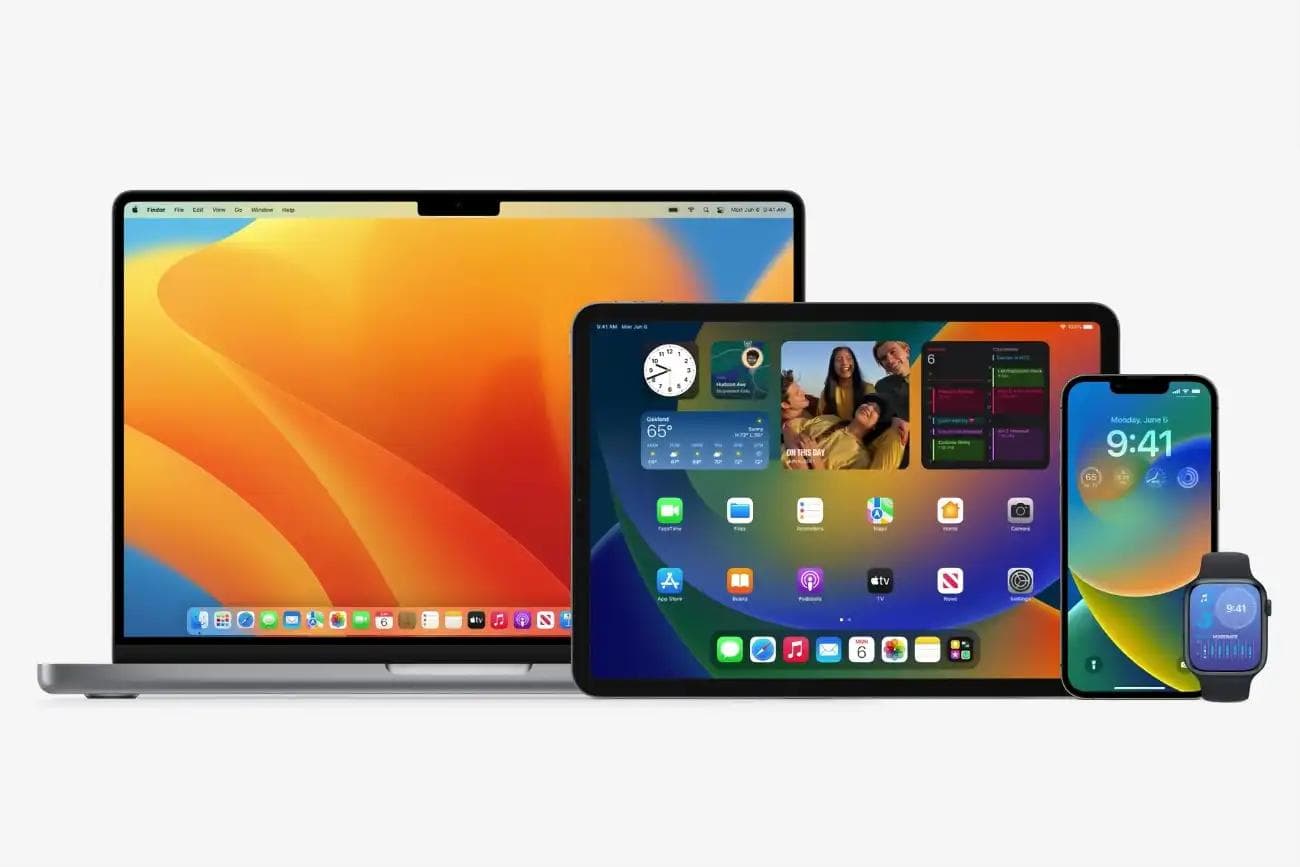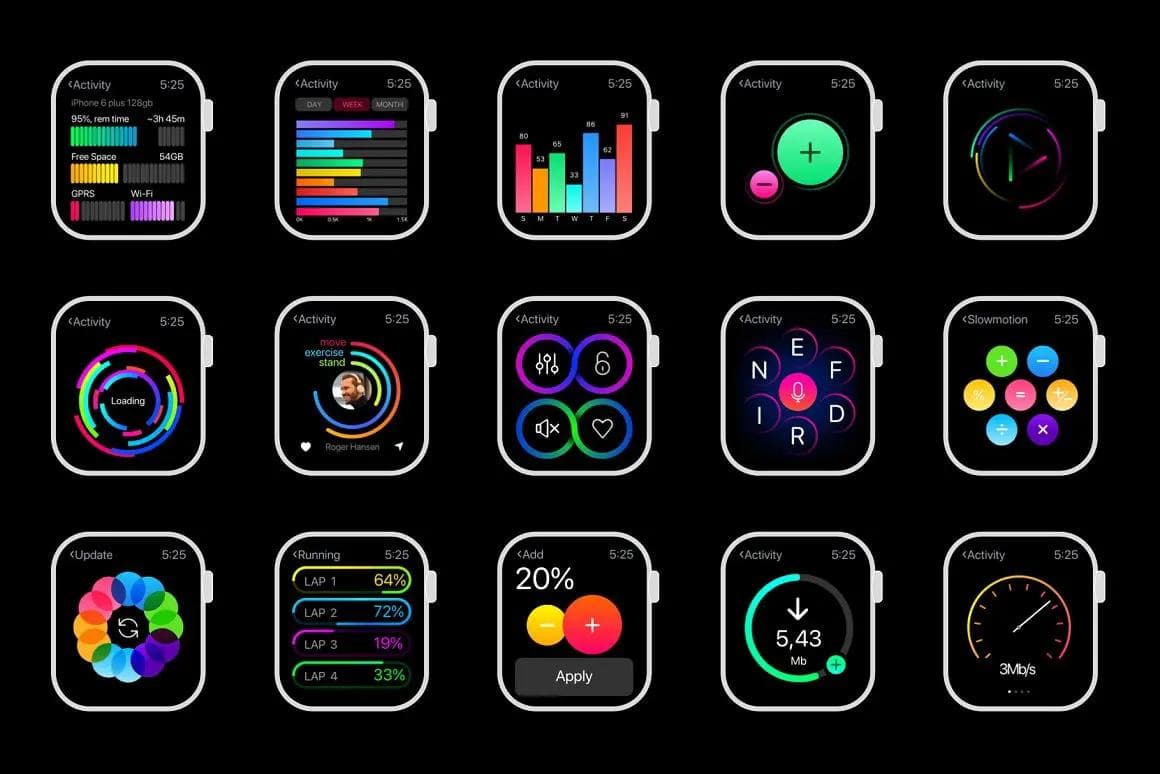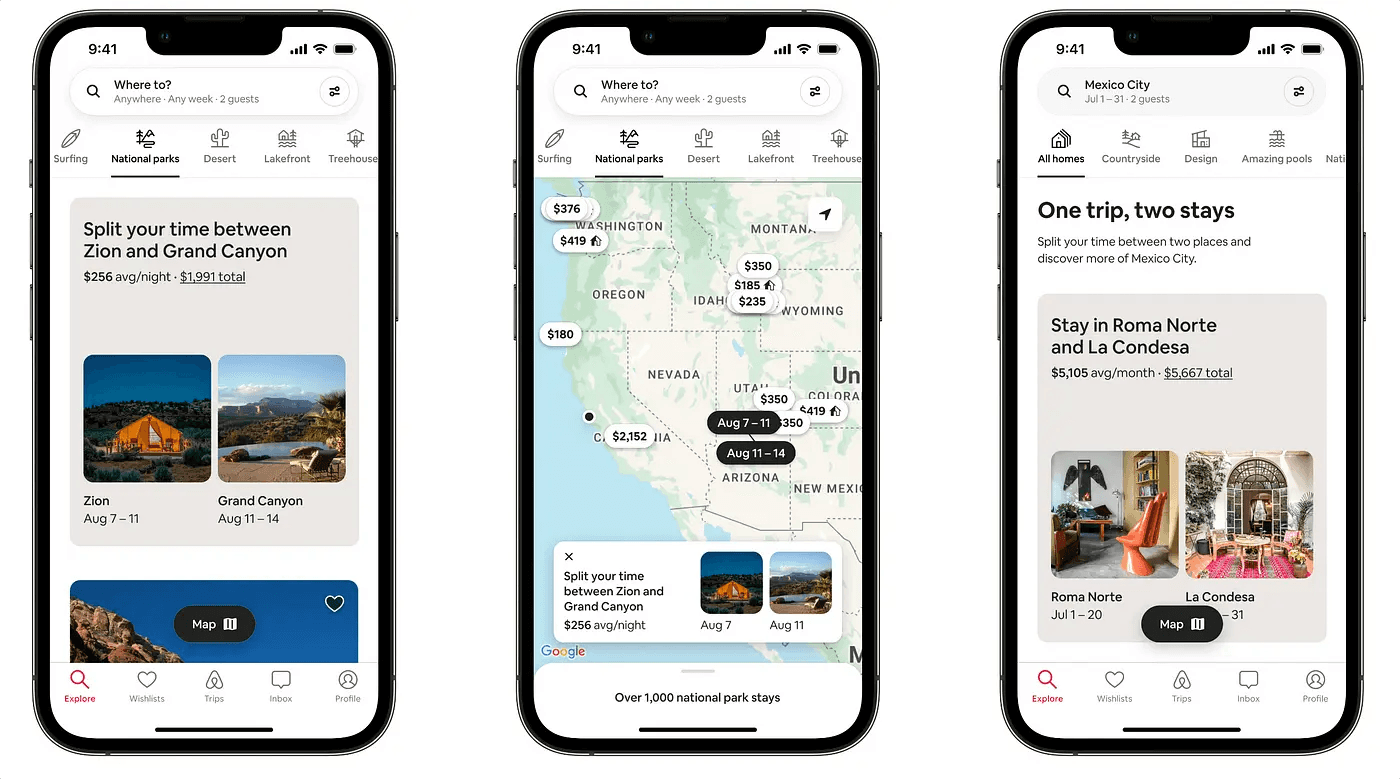Ever used an app so weird that it seemed like only aliens could understand it? Or maybe a website so confusing you want to scream? Those are products that forget about how users experience them.
This is called UX - User Experience!
These days, a good UX is really important. In this blog we will explore how making your product easy and enjoyable to use can help it succeed.
Why is UX Important?
There are many reasons why UX is crucial for product success. Here are just a few:
Enhanced User Satisfaction and Engagement
A product that is easy to use anticipates the demands of its customers and leads them effortlessly through the tasks you want them to do. It's like having a supportive buddy who guides you through the process and makes it fun all around. People keep returning because of the ease of use and satisfying sensations they get. They are aware that they can depend on the product to do tasks quickly and without difficulty. They are more likely to suggest it to others when it turns i nto a reliable tool that works well with their daily activities -Efficiently and without frustration. It becomes a trusted tool that fits seamlessly into their routine, making them more likely to recommend it to others.
Increased Conversion Rates and Sales
Imagine a website like a well-organized store with clear signs and helpful staff. Finding what you need is easy, just like browsing products with clear pictures and descriptions. Now imagine checkout being a breeze, not a maze. People can pay quickly and without confusion. By making your website user-friendly from browsing to buying, you remove the roadblocks that stop people from actually purchasing your products, just like speeding up checkout lines at a store leads to more sales.
Brand Perception and Trust
When a product is easy and fun to use, it makes people feel good about the company behind it. They see your brand in a positive light because the product helps them and doesn't frustrate them.
Competitive Advantage
In a market with tons of options, a user-friendly product gives you a big advantage. If people enjoy using yours more than others, they're more likely to pick yours. Plus, focusing on a good user experience saves money on development and keeps people coming back for more, which means more business for you in the long run.
Long-Term Business Growth
By prioritizing UX, you can save money on development costs and build a loyal user base that translates to recurring revenue and upselling opportunities.
UX in Action: How Leading Brands Get It Right?
Let's look at some real-world examples of how leading brands leverage UX to achieve success:
Apple : The Power of Simplicity and Ecosystem
Apple has become synonymous with exceptional user experience (UX) design. In this section we will explore how Apple leverages core principles to create a seamless and intuitive experience across its products, from hardware to software and retail stores.
Core UX Principles
Simplicity: Apple prioritizes clean interfaces with minimal clutter. This reduces cognitive load and allows users to focus on the task at hand.
Consistency: A consistent design language across devices and platforms fosters familiarity and reduces the learning curve for new features or products.
Human-Centered Design: Apple prioritizes user needs and behaviors throughout the design process. This ensures products feel intuitive and cater to real-world use cases.
Attention to Detail: From the tactile feedback of buttons to the visual hierarchy of information, every detail is meticulously crafted to enhance the user experience.
Examples of Successful UX
iOS: Simple gestures like swiping and tapping make navigating the iPhone intuitive. The consistent layout across apps minimizes confusion.
Apple Watch: The watchOS interface leverages the small screen size effectively, prioritizing essential information and actions. Tactile feedback and the Digital Crown provide a natural way to interact with the device.
Apple Stores: The physical stores embody the company's UX philosophy. Clean layouts, knowledgeable staff, and interactive product displays create a welcoming and informative environment.
Key Learnings
Focus on the user: Prioritizing user needs and behaviors throughout the design process leads to intuitive and enjoyable experiences.
Consistency is key: A unified design language across products reduces learning curves and fosters brand recognition.
Details matter: Meticulous attention to detail elevates the user experience and creates a sense of quality.
Apple's success may be attributed in large part to its dedication to user experience design. Simple, reliable, and user-centered design are the cornerstones upon which Apple builds goods and services that are not just useful but also pleasurable to use. But there's always space for improvement, especially when it comes to accessibility and mobile web. It will be interesting to watch how Apple applies its UX concepts to new technology and user requirements as it keeps innovating.
Also, Read: 10 Most Common UX mistakes Web and Mobile Designers Make
Airbnb: Building Trust and Delightful User Journeys
Airbnb's distinctive lodging options and emphasis on community building have completely transformed the tourism industry. This case study investigates how Airbnb uses UX design to make the experience seamless and pleasurable for hosts and guests alike.
Core UX Principles
Discovery: Airbnb excels at helping users discover unique spaces that match their travel style and budget. Search filters, curated collections, and inspiring visuals all contribute to an engaging exploration process.
Trust and Transparency: It's critical to foster trust between hosts and visitors. Airbnb places a high value on comprehensive listings with excellent images, easy-to-use communication features, and a reliable review system.
Seamless Booking: The booking procedure is simple to understand and efficient, making it easy for customers to guarantee their stay. Trust is further strengthened by safe payment methods and transparent cancellation procedures.
Community Building: User profiles, messaging functionalities, and local experience offerings foster a sense of connection between travelers and hosts.
Examples of Successful UX
Search Functionality: Powerful search filters with a wide range of options allow users to find precisely what they're looking for, from budget-friendly options to unique experiences.
Detailed Listings: High-quality photos, informative descriptions, and clear amenities lists help guests make informed decisions about their stay.
Secure Booking System: Integrating secure payment options and clear cancellation policies provides peace of mind for both guests and hosts.
Messaging Tools: Built-in messaging allows for smooth communication between guests and hosts, fostering a sense of connection and addressing any questions before or during the stay.
Key Learnings
Focus on user needs: By understanding the needs of both guests and hosts, Airbnb can create a mutually beneficial experience.
Transparency builds trust: Clear communication and detailed information are crucial for building trust within the platform.
Embrace technology: Integrating innovative features like secure payments and messaging tools streamlines the booking process and fosters connection.
One of the main reasons for Airbnb's success has been its dedication to UX design. Through its emphasis on discovery, trust, and easy booking, Airbnb establishes a platform that links individuals with distinctive travel experiences. But further development in areas like accessibility and split payment features will improve everyone's user experience even more.
Spotify: A Streamlined Music Experience for Every Listener
The most popular music streaming service in the world, Spotify, has a vast music library and features that accommodate a variety of listening preferences. This case study investigates how Spotify uses UX design to make music management and discovery customized and simple.

Core UX Principles
Personalized Recommendations: Powerful algorithms analyze user listening habits to recommend playlists, artists, and podcasts tailored to individual preferences.
Seamless Music Discovery: Browse functions, curated playlists, and personalized recommendations offer various avenues for users to explore new music.
Intuitive Library Management: Users can easily build and organize their music collection with features like playlists, saved albums, and liked songs.
Social Integration: Sharing playlists and music discoveries with friends fosters a sense of community and allows users to explore music based on others' tastes.
Examples of Successful UX
Discover Weekly Playlist: This algorithmically generated playlist offers a personalized selection of new music based on user listening habits.
Release Radar: This feature highlights new releases from artists users follow, ensuring they stay up-to-date with their favorite musicians.
Search Functionality: Robust search options allow users to find specific songs, artists, or podcasts with ease.
Offline Listening: Users can download playlists and albums for offline enjoyment, ensuring uninterrupted music access even without an internet connection.
Key Learnings
Personalization is king: Understanding user preferences is crucial for creating a truly engaging music experience.
Multiple avenues for discovery: Offering a variety of ways to find new music caters to diverse user preferences.
Seamless music management: Intuitive tools for organizing and accessing music libraries enhance the user experience.
Spotify is becoming the preferred platform for music fans all around the world because of its UX design. Spotify suggests a diverse array of listening preferences by emphasizing personalized suggestions, seamless discovery, and straightforward music management.
The Big Picture
UX is not just about fancy interfaces; it's about understanding user needs and designing products that are effective, efficient, trendy and enjoyable to use. By investing in UX, you can create products that win over users, drive business growth, and achieve long-term success. So, the next time you design or develop a product, remember to put the user first. After all, a happy user is a loyal user!



